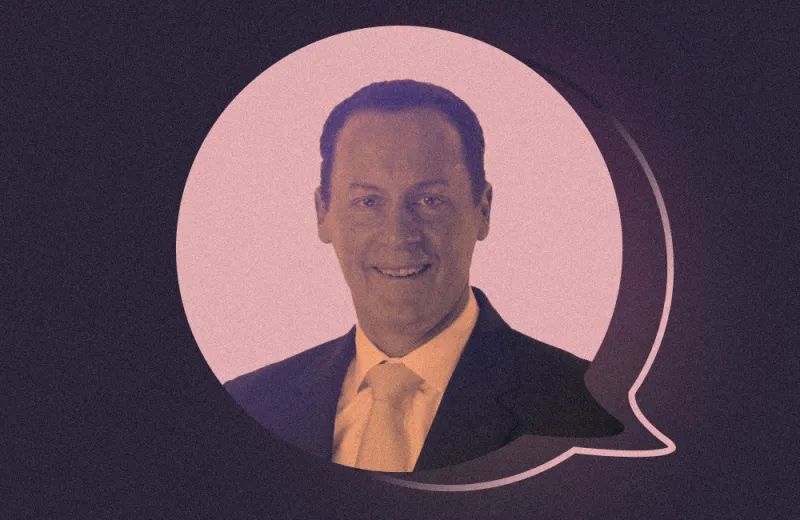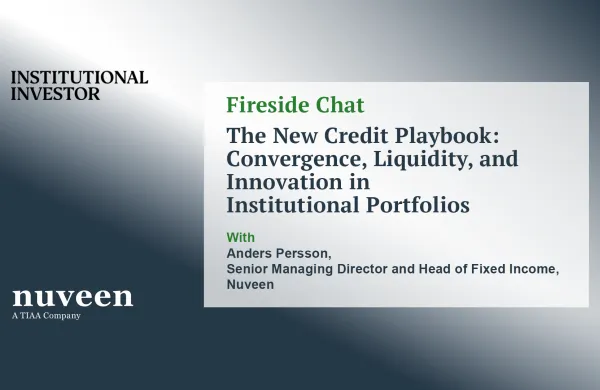Convertible bonds could be an attractive investment for those waiting for the stock market to rebound.
That’s because the underlying stocks of convertible bonds are trading, on average, at the low end of their historic valuations, according to data from Advent Capital Management, an approximately $9 billion investment manager that specializes in convertibles. In particular, small- and mid-cap companies are trading at 18x and 12x their earnings, the lowest of all time. David Hulme, portfolio manager at Advent, said this means that investors in convertibles are well positioned to capture the upside potential of the underlying equities once the public market starts to recover.
Unlike traditional bonds, convertible bonds pay interest, but also allow investors to exchange them for a fixed number of shares at a certain price. If the stock price doesn’t rise as much as they expect, investors can continue to hold them and collect interest. As a result, convertible bonds offer more downside protection than equities and more upside potential than bonds without the conversion option.
“When you buy a convertible portfolio, you are looking for equity-like returns, but with a more muted volatility profile than the equity,” Hulme told II in an interview. “Typically, if you own a stock and a convertible from the same company and the share price [goes] down in value, the convertible [goes] down less.”
Hulme added that convertible issuers are often early stage technology or health care companies. Companies can borrow at a lower cost by issuing convertibles rather than traditional bonds.
Convertible bonds are less likely to default than other types of fixed-income assets, which can make them attractive in an uncertain macroeconomic environment, argued Hulme. About half of the convertible bond issuers in the U.S. have no other outstanding debt, he said. The long-term default rate of convertibles is just 1 percent — significantly lower than defaults of high-yield bonds and bank loans, according to Hulme. “This is a conservative way to invest in companies with a strong, long-term growth potential,” he said.
Convertible bonds also can work well in a rate-hiking cycle. They have a shorter duration than other fixed-income instruments, meaning that their price drops less when interest rates are on the rise. But Hulme noted that the prices of the underlying stock could be negatively affected by rate hikes.







